While we can expect a proliferation of things turning green here in the US in anticipation and celebration of St.Patrick's day − not only my lawn after a particularly cold winter in FL− I mean, rivers tinted , green beer, socks, hats and very other impossible kitschy items for people who aren’t even Irish, my blog continues with our first summer which progressed nicely.
Hawthorne hedges blooming white and red gave way to elders (common elder; sambucus nigra) that have a white-yellowish bloom before they turn into black berries in the autumn. We had made German friends who had a similar farm set-up to us who were experts on making wines. Not just from the homebrew kit that the local homebrew store had for sale. R&R made wines out of strawberries, rhubarb, redcurrants, blackcurrants and blackberries and elderberries. And a sherry-effect liquor to die for!
My Ex,Mac, considered himself a concerning wine drinker. In Germany, we had only drunk exquisite German dries and Bordeaux wines. Then when we went environmentally friendly, switched to drinking organic wines only because many vineyards –particularly in Chile- had taken to spraying pesticides from the air by plane. A Sunday Times article double paged feature described the congenital birth defects this caused for the 2nd generation of vineyard laborers already. No more such wines for us…!
Our first attempt was elderflower champagne which, strictly speaking, isn’t champagne of course. It hardly has any alcohol, yet it sparkles and is a refreshing spritzy drink even for kids.
Elderberry champagne:
Approx. 10 liters of water, 15 big elderflower clusters, ¼ l wine vinegar 2-3 untreated lemons, 1 kg sugar.
Besides these ingredients you need a big stone or earthenware; thick walled glass bottles, preferably old champagne bottles that can be secured with a cork and wire. Screw tops do blow of under pressure. Wait till you hear that story!
First go for a walk to cut these elderberry blossoms, fully blown, but not over yet. Boil the water, dissolve the sugar in it and cool down. Wash the untreated lemons in hot water and cut into slices.
Check elderflower blossoms for little critters and dirt. Use as much as possible from the thick green stems and then give the blooms together with the lemon slices into the stone pot. Add the wine vinegar to the cooled sugar water to and pour over the flowers and lemons in the stone pot. Cover with a cloth and leave in a sunny place for 4 days. Stir every day with a wooden spoon. Don’t fill the bottle too much but up 4 to 5 cm below the rim. For this filter the liquid through a muslin cloth or very fine sieve.
Seal the bottles and secure the corks! The best place to store them is in a box. Bring to a cooler place (the basement) and leave at least 14 days to mature (bottle fermentation). The champagne sparkles a little already, but at maturity, there's real power, or then again sometimes not.
The development of carbon dioxide differs from year to year. It must depend on the weather or the condition of the blossoms. You can’t predict the amount of CO2 in the bottle.
So be careful when opening the first bottle, unless you want to paint the ceiling anyway. Or better open the first bottle in the garden. Elderberry champagne tastes best chilled: a great refreshing drink on hot days.
Subscribe to:
Post Comments (Atom)




























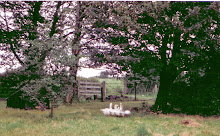





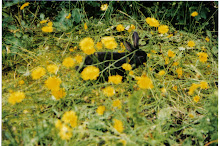








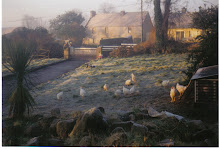
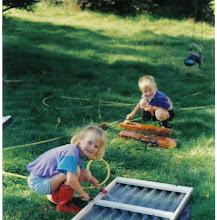











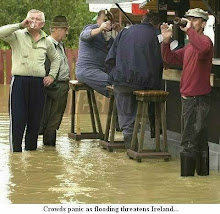


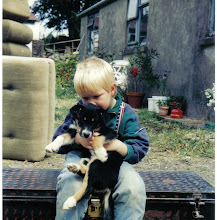
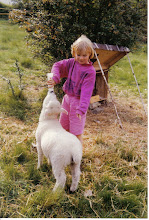

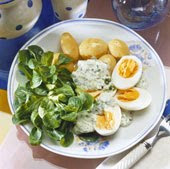
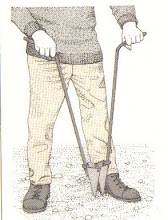
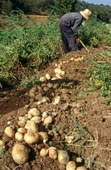

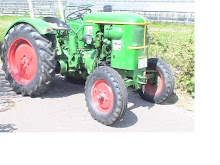




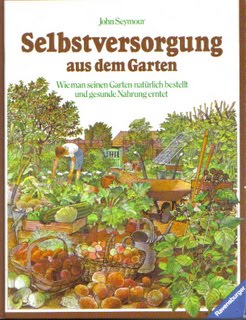

No comments:
Post a Comment